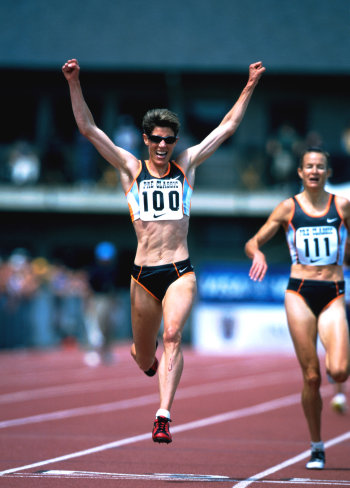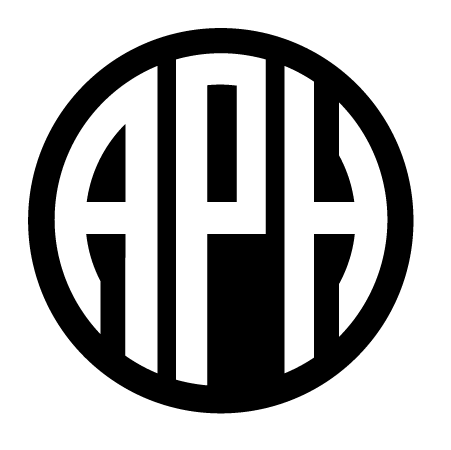The Importance of Sports Camps for Youth who Have Visual Impairment and Blindness

Marla Runyan
Teacher of Students with Visual Impairments and Deafblindness
2000 & 2004 U.S. Olympian
My friend and colleague, Lauren Lieberman, told me how so many kids with visual impairments lack the opportunity to participate in sports and physical activities. I didn’t believe her. Being visually impaired myself, I have been an athlete my entire life—I could not imagine a life without sports. I later learned that Lauren was right. When I attended Camp Abilities in 2012, I met an 8-year-old boy who had never run. I met a high school girl who had no idea what the “ready” position looked like (or felt like) as runners approach a starting line. How could this be? Knowledge on how to move—run, kick, throw, jump—is learned primarily through vision. We watch others move and then try it ourselves. But for individuals who are blind or visually impaired, the knowledge of movement skills is not learned incidentally—it must be taught. Furthermore, the techniques used to teach movement skills must be accessible and meaningful to youth who cannot see. Persons who are blind or visually impaired are not exempt from the need to move. Whether you are a parent, a teacher for the visually impaired, or a physical education teacher, the APH PE Website is an invaluable resource and motivator to keep our kids moving!
To see what a child with a visual impairment can experience at a sport camp, watch this video:
More Information
- To locate a sports camp for youth with visual impairment, visit sites.aph.org/pe/camps/
- For more about “The Power of the Dream”, visit www.Terry-Kelly.com

Marla crossing the finish line of the 3000m event at the 2002 Prefontainne Classic in Eugene, OR
Photo by Victah Sailer


